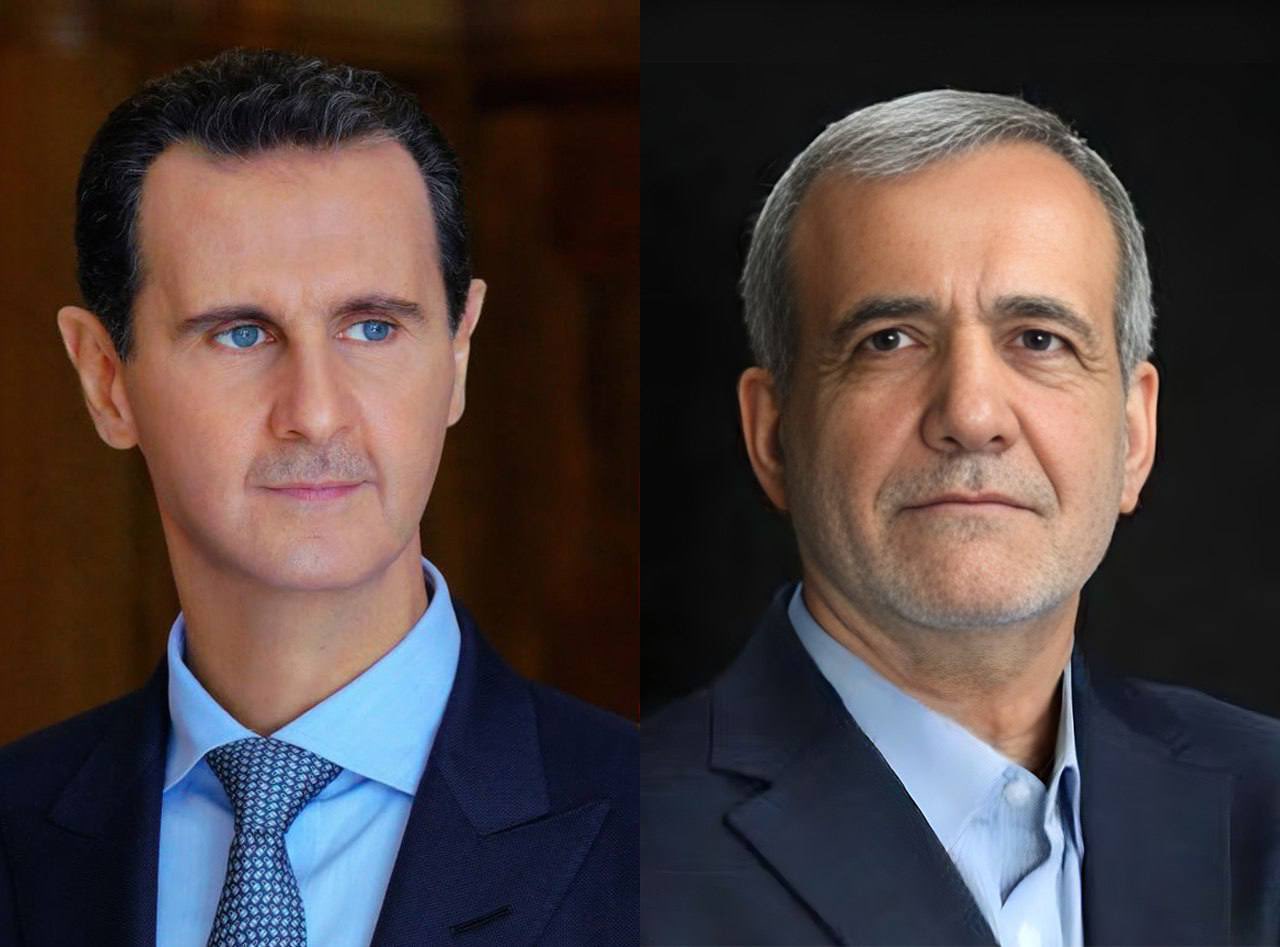
Iran’s new administration has announced a strategic agreement with Assad aimed at recovering debts accrued over 14 years of the Syrian conflict. This move comes as Turkish-Syrian relations show signs of normalization.
Acting Iranian President Mohammad Mokhber, who has led the country since the unexpected death of former President Ebrahim Raisi, submitted a draft agreement for long-term economic cooperation with Assad to the Shura Council at the start of July. This agreement, aimed at cementing Iran’s economic interests in Syria, is one of the few public disclosures of Iran-Assad agreements, which have traditionally been kept secret.
The draft law, approved by Iran’s Council of Ministers on June 17, includes an introduction and five articles, focusing on various aspects of economic cooperation. Notably, the agreement emphasizes implementing and updating the 2015 economic cooperation pact, which laid the groundwork for Iran’s economic influence in Syria. The new agreement spans 20 years, extendable until Assad fulfills its financial obligations to Iran.
Iran’s involvement in the Syrian conflict has led to substantial financial support for the Assad regime, with debts exceeding $50 billion in the civilian sector alone. These debts result from various financial and economic agreements signed since 2013, including credit lines for essential goods and services.
One leaked document from the Iranian opposition group Mujahedin-e Khalq revealed that between 2013 and 2022, Iran extended over $10 billion in credit to Assad. Additionally, Tehran has charged interest on delayed payments, compounding the debt burden on Damascus.
The agreement includes forming a joint working group to oversee the implementation of projects and address potential issues. Key projects involve establishing seaports for phosphate exports, expanding trade opportunities, and building cement factories with significant production capacities in Damascus and Aleppo.
Furthermore, the agreement stipulates constructing at least 30,000 housing units, prioritizing war-torn areas like Damascus, Aleppo, and Homs. There are also plans for an oil pipeline from Iran to Syria via Iraq and a gas pipeline to the Mediterranean Sea.
These financial obligations and the terms of the new agreement place significant pressure on the Assad regime. Iran’s demands for debt repayment and interest on delayed payments highlight the urgency for Damascus to find solutions amid its ongoing economic struggles. The Assad regime’s ability to meet these obligations will be crucial in determining the long-term economic relationship between the two regimes.
This agreement comes at a time of shifting geopolitical dynamics, with Turkey and Syria moving towards normalization. Iran’s public disclosure of the agreement signals its determination to secure its economic interests in Syria, despite the challenging regional landscape. The agreement underscores Iran’s strategic commitment to maintaining its influence in Syria, leveraging economic cooperation as a tool for political and financial gains.








